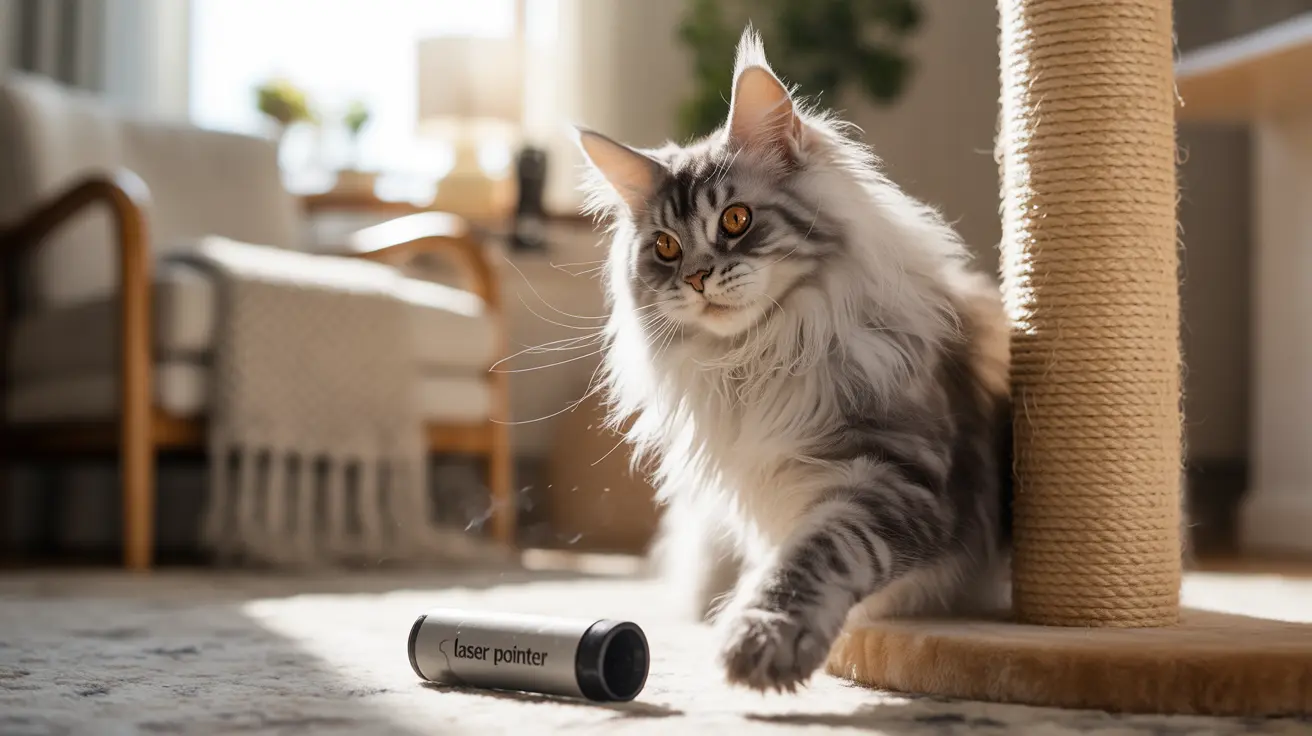Understanding Laser Declawing: What You Need to Know
Laser declawing employs a surgical laser beam to remove the last bone of each toe along with the claw. While this method offers some surgical advantages over traditional scalpel techniques, it's important to understand that it still constitutes a major surgical amputation of your cat's toe bones.
The laser technology cauterizes blood vessels and nerve endings as it cuts, which can result in:
- Less bleeding during surgery
- Reduced post-operative swelling
- Potentially lower risk of infection
- Better surgical visibility for veterinarians
The Reality of Post-Surgery Recovery and Complications
Despite claims of faster healing, laser declawing still presents significant risks and complications that cat owners should consider:
Immediate Post-Surgical Effects
- Severe pain requiring medication
- Difficulty walking or using the litter box
- Risk of infection at surgical sites
- Potential bleeding and tissue trauma
Long-Term Health Impacts
Research shows that declawed cats, regardless of the method used, often experience:
- Chronic pain in paws and joints
- Altered gait affecting mobility
- Back problems due to changed walking patterns
- Potential claw regrowth requiring additional surgery
- Residual bone fragments causing ongoing discomfort
Behavioral Changes Following Laser Declawing
Studies have documented significant behavioral changes in cats following any type of declawing procedure, including laser surgery:
- Increased aggression and biting
- Litter box avoidance
- Excessive grooming or fur pulling
- Depression and anxiety
- Changes in personality
Humane Alternatives to Declawing
Instead of considering declawing, veterinarians recommend these effective alternatives:
- Regular nail trimming
- Multiple scratching posts with different textures
- Soft plastic nail caps
- Positive reinforcement training
- Environmental enrichment
- Deterrent sprays for furniture
Frequently Asked Questions
Is laser declawing less painful for cats compared to traditional declawing methods?
While laser declawing may reduce immediate post-surgical pain and bleeding, it still involves the same amputation procedure and can cause significant acute and chronic pain. Studies show that cats experience similar long-term pain regardless of the declawing method used.
What are the long-term health risks and behavioral changes associated with laser declawing in cats?
Long-term risks include chronic pain, altered gait, back problems, and potential bone fragments. Behavioral changes often include increased aggression, litter box avoidance, and excessive grooming. These issues can occur regardless of the surgical technique used.
How does laser declawing work, and what are its claimed benefits over scalpel declawing?
Laser declawing uses a surgical laser to remove the last bone of each toe along with the claw. The claimed benefits include less bleeding, reduced swelling, and lower infection risk due to the laser's cauterizing effect. However, the fundamental procedure and its risks remain the same.
Are there safer and more humane alternatives to laser declawing to manage my cat's scratching?
Yes, numerous effective alternatives exist, including regular nail trimming, scratching posts, soft nail caps, behavior modification, and environmental enrichment. These solutions preserve your cat's natural behaviors while protecting your furniture.
Why do many veterinarians and animal welfare experts discourage declawing, even with laser surgery?
Experts discourage declawing because it's an unnecessary amputation that can cause lasting physical and behavioral problems. The procedure, regardless of method, removes an essential part of feline anatomy and can significantly impact a cat's quality of life.
Conclusion
While laser declawing may offer some surgical advantages over traditional methods, it doesn't address the fundamental concerns associated with declawing cats. The procedure still involves amputation and carries significant risks of both short-term and long-term complications. Instead, cat owners are encouraged to explore the many humane alternatives available for managing natural scratching behavior.






